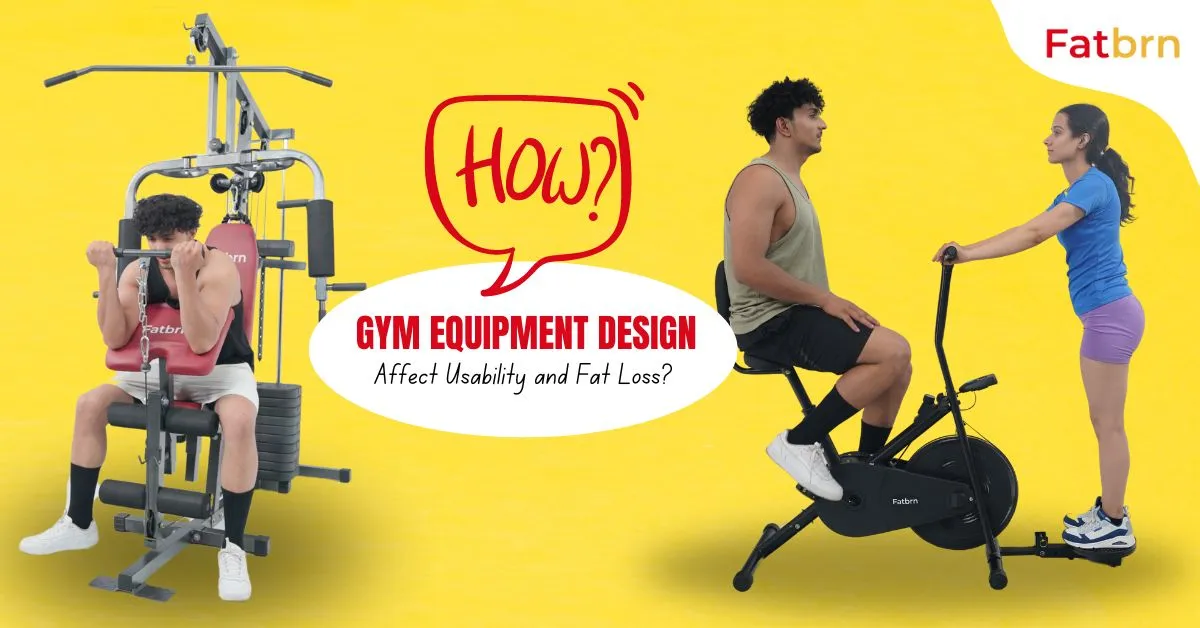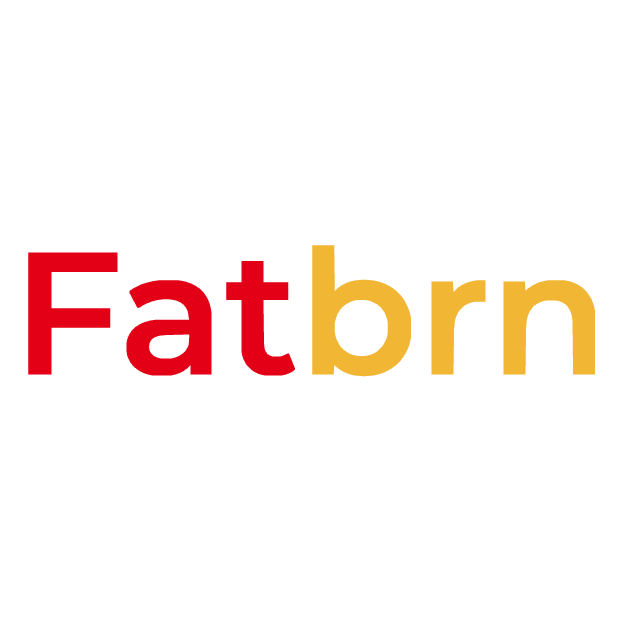
How the Design of Gym Equipment Affects Usability and Effectiveness for Fat Loss?
Fat reduction using fitness equipment relies on the equipment’s reliability and efficacy. When making an exercise machine, every detail counts: how comfortable you feel while using it and what kind of resistance mechanism it employs. These are just some of the factors that influence the outcome of your quest for fitness. This blog post will focus on understanding how good design increases usability and maximises fat-burning chances.
Ergonomics Design and Comfort
The ergonomic design of exercise equipment has a direct impact on its usage. Equipment developed with the user’s comfort in mind ensures that workouts are performed correctly and safely. For example, a well-padded, adjustable seat on a stationary cycle or rowing machine fits users of different sizes and shapes, allowing for appropriate posture and lowering the chance of injury.
If the user is comfortable and feels no pain while using the equipment, it automatically motivates them to continue the use of the equipment for longer periods. This helps users maintain their routine, and ultimately the target of fat loss is achieved.
Adjustable Resistance
The ability to adjust resistance is a fundamental feature for effective fat loss. The correct type of gym equipment provides varying degrees of resistance, allowing users to set the amount and level of difficulty they feel is best for them depending on their age, height, and fitness objectives. For instance, a treadmill or an elliptical machine can be set at a different level for home usage as it is orientated towards single individual fitness goals rather than a gym’s equipment.
Resistance training equipment, such as weight machines and free weights, should also offer adjustable settings. This flexibility allows users to progressively increase their weight or resistance as they build strength, which is crucial for continuous improvement and fat loss. Effective design ensures that adjustments are easy to make, encouraging users to regularly challenge themselves.
Functional Design for Compound Movements
The type of equipment that is used in workouts such as squats, deadlifts, and bench presses can help people to concentrate on their entire body and hence lose more fat at once. For example, a multi-station machine enables one to do an exercise like a squat, a deadlift, or even a bench press all within the same session.
There is also the functional training equipment, which has been characterised as a good performer in fat loss. These tools promote dynamic movements, focus on major muscle groups, and work on proper metabolism, hence keeping your weight within limits. By encouraging different types of exercises, functional training equipment fosters a varied routine that can prevent plateaus and maintain users’ enthusiasm.
Intuitive Interfaces and Tracking Features
Modern gym equipment often includes digital interfaces and tracking features that can significantly impact its effectiveness. Treadmills, ellipticals, and stationary bikes with integrated screens provide carefully structured exercise sessions, instantaneous feedback information, and effective results monitoring. These functionalities enable participants to keep track of their achievements, determine desired targets for improvement, and retain enthusiasm.
All the user-friendly and intuitive interfaces must be designed to have such characteristics. Consequently, it should be possible for the users to find it easy to navigate their workout displays like heart rate, calories burned, and duration so that they can monitor their performance and make improvements whenever necessary. In addition, monitoring features enable users to see how effective their workouts are; this is very motivating and helps them remain focused on losing pounds.
Space Efficiency and Versatility
Home gyms and smaller workout rooms require equipment that is both space-efficient and adaptable. Compact devices that integrate numerous activities, such as a rowing machine with resistance bands or a multipurpose home gym system, enable users to execute a variety of workouts without requiring many pieces of equipment.
Versatile designs allow users to complete a variety of activities, from cardiovascular to strength-building, all in one location. This adaptability increases the efficacy of each training session, resulting in superior fat reduction outcomes.
Durability and Maintenance
Finally, gym equipment’s longevity and simplicity of maintenance contribute to its efficacy. Well-built equipment that can survive repeated use without requiring frequent repairs guarantees that consumers can rely on it for continuous training. Furthermore, equipment that is simple to clean and maintain promotes hygiene and durability.
Conclusion
To summarise, the design of gym equipment has a considerable impact on its usability and efficacy in fat reduction. Ergonomics, adjustable intensity, assistance for complex exercises, intuitive interfaces, space efficiency, and durability all help to make your workout more successful and pleasant. By investing in well-designed equipment and paying attention to these elements, users can improve their fat-loss journey and attain their exercise objectives more effectively.

